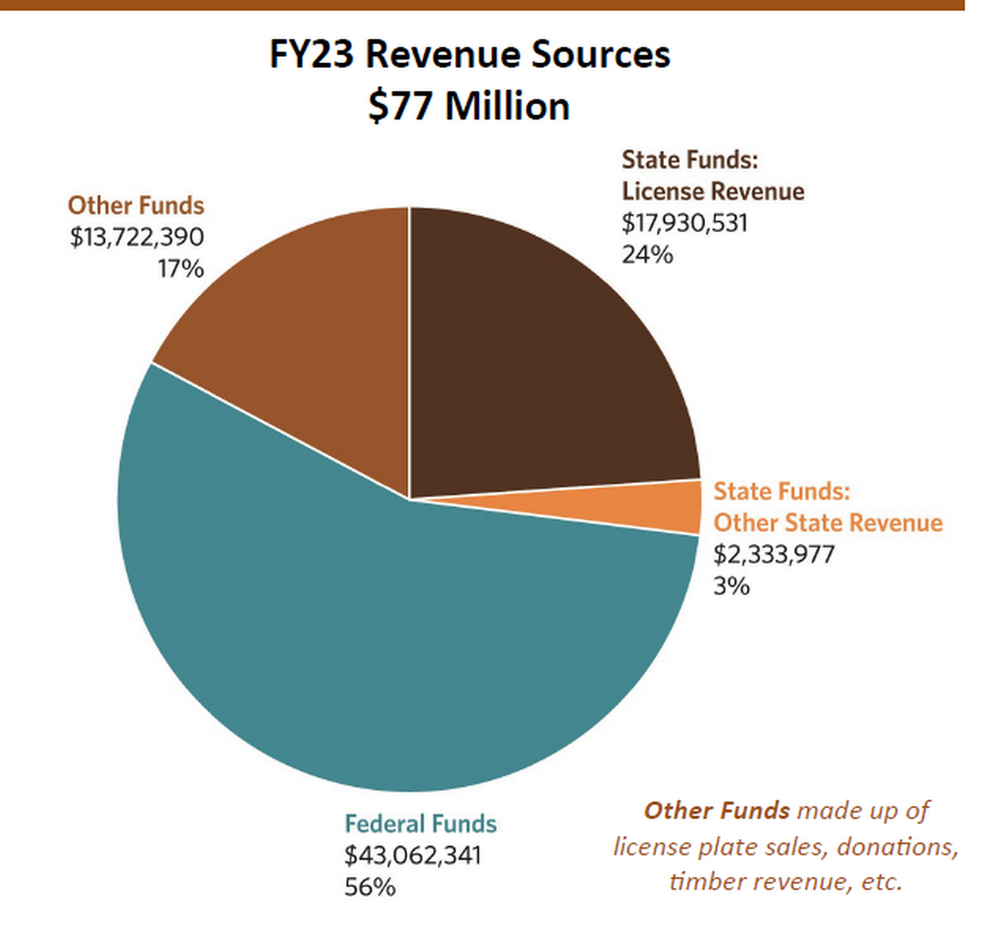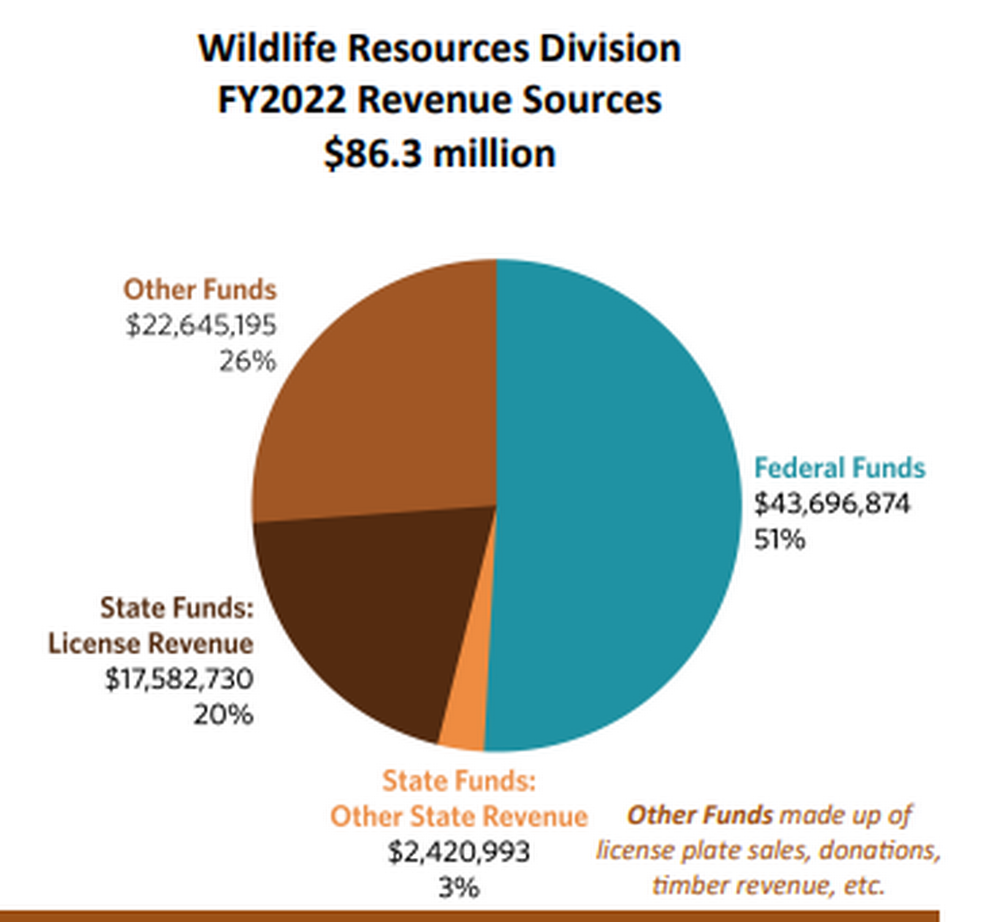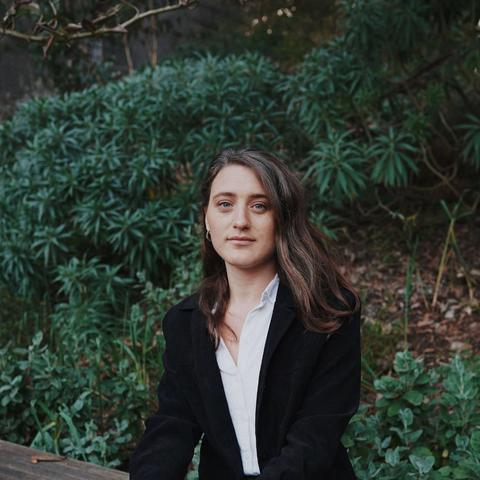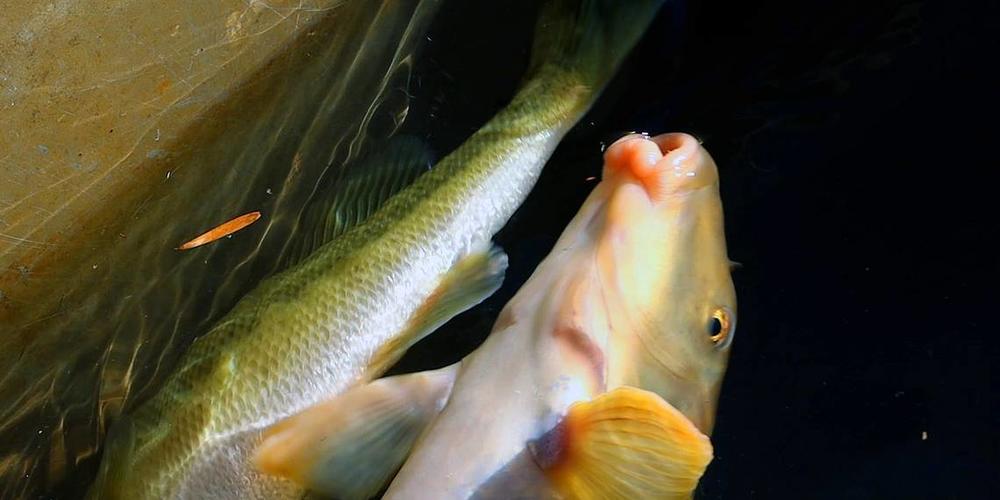
Caption
An Apalachicola Red Horse “Sucker” stunned in the shock boat as it is caught by Dr. Steve Sammons near the waveshaper in Columbus, Ga. on Nov. 29, 2023.
Credit: Kala Hunter
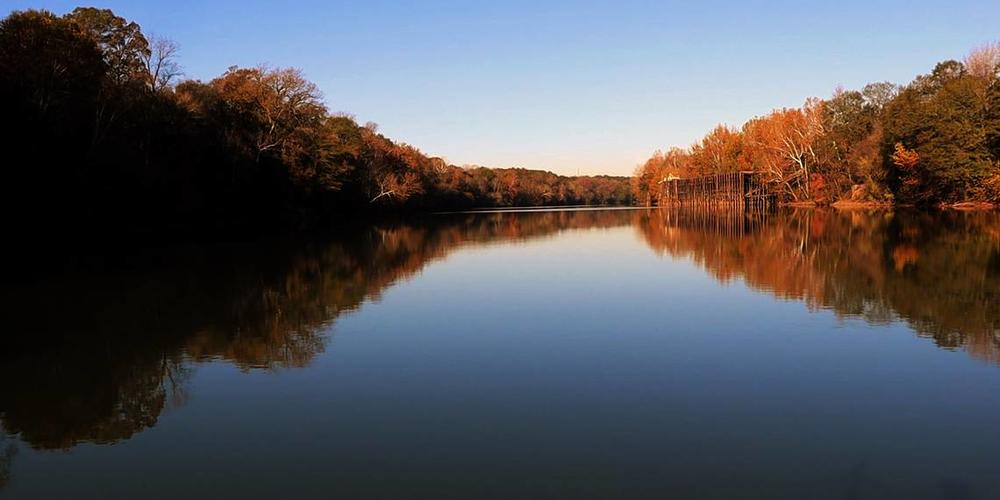
Caption
A view of the Chattahoochee River north of Rotary Park on a DNR shock boat in Columbus, Ga. on Nov. 29, 2023.
Credit: Kala Hunter
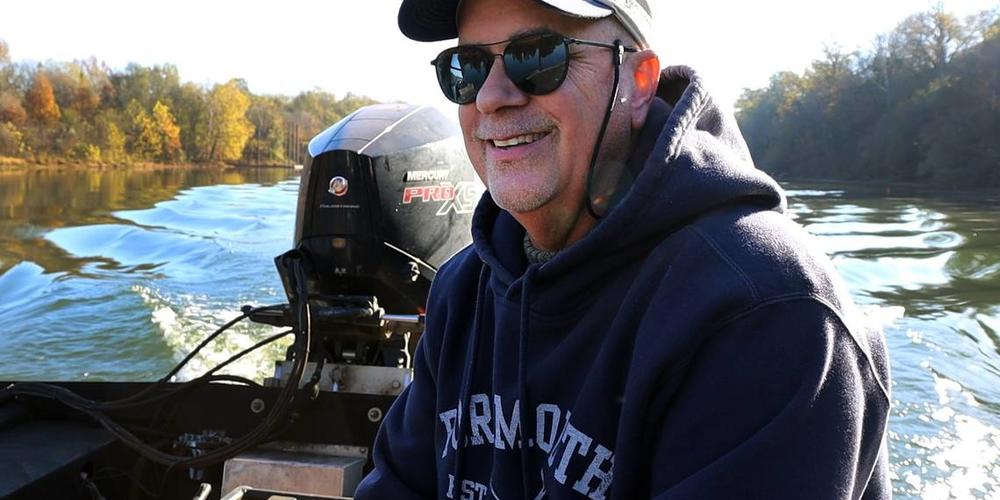
Caption
On Nov. 29, 2023, Dr. Steve Sammons, fishery biologist of Auburn University, is eager to find out if native fish such as Shoal Bass or Suckers are in the Columbus, Ga. stretch of the Chattahoochee River.
Credit: Kala Hunter
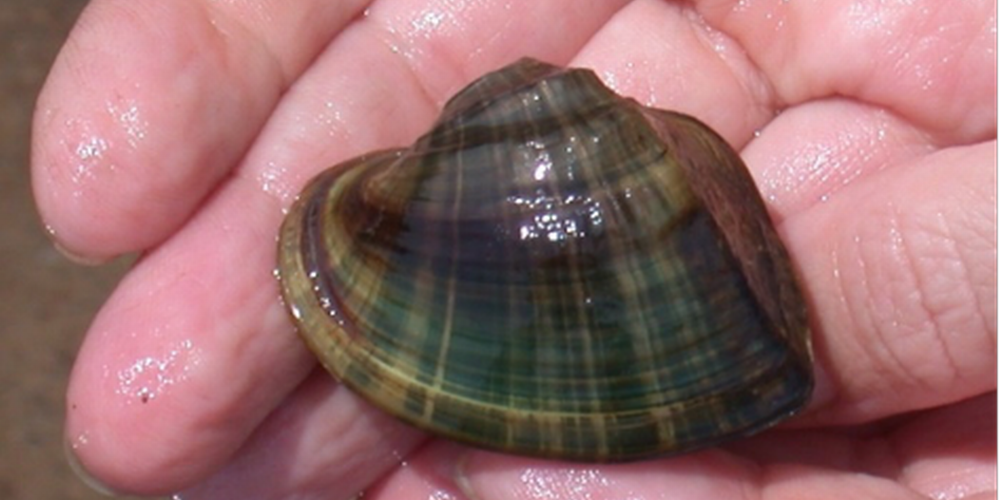
Caption
Altamaha arcmussel (Alasmidonta arcula). Altamaha River, Ga.
Credit: Photo courtesy of Georgia DNR Wildlife Resources Division
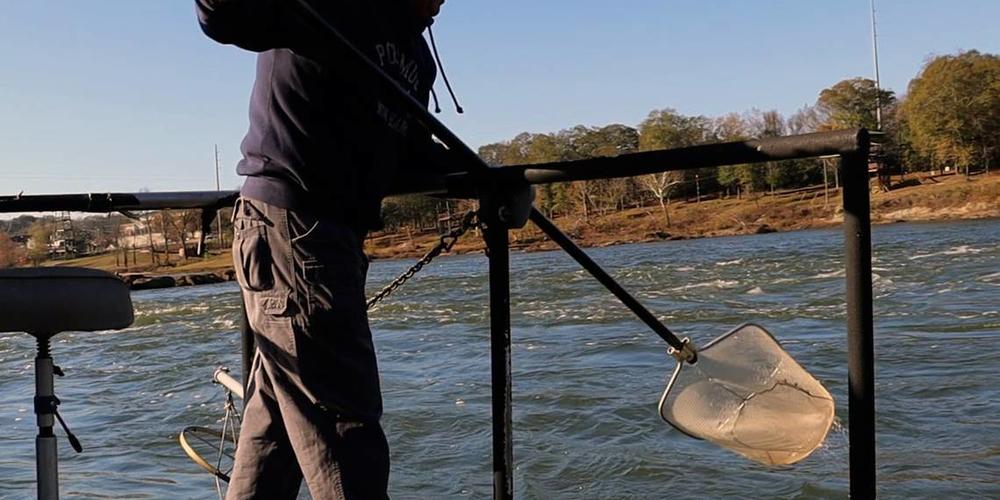
Caption
Dr. Steven Sammons grabbing stunned fish below waveshaper on Nov. 29, 2023 in Columbus, Ga.
Credit: Kala Hunter
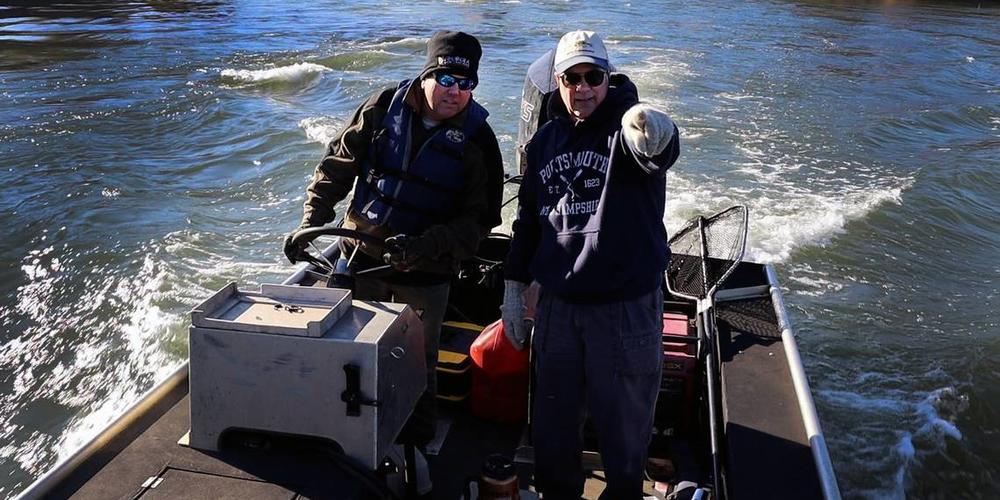
Caption
Dr. Steve Sammons of Auburn University and Travis Ingram of Department of Natural Resources search for good spots to begin electrofishing near the base of the waveshaper in the Chattahoochee River near Columbus, Ga. on Nov. 29, 2023.
Credit: Kala Hunter
